My theme for the next few weeks is Fairy Tales and Traditional Tales, starting with a Billy Goats Gruff STEM Challenge to build a raft to help the Billy Goats Gruff avoid the bridge. First we read the story and then talked about which materials might work best for a raft. We decided the raft should float and be strong enough to take the weight of a toy goat. You could split this activity into several stages.
Raft Building STEM
- Design your rafts – which materials do you think will work best?
- Build your rafts – do you need to change your design?
- Test your rafts to see if they sink or float.
- Can your raft support the weight of your goat?
How to build a mini raft
Lolly sticks
Kitchen sponge
Corks
Glue/Double sided tape
Paper
Kitchen roll
Toy Goat or other animal
Raft building instructions
Build and test your rafts, to make it a fair test you should use the same toy goat and if possible the same sized rafts.
What happened?
We didn’t expect our paper or kitchen sponge rafts to work, but tested them anyway. Surprisingly the paper raft did float for a very short amount of time.
The kitchen sponge raft floated, but wasn’t big enough to hold the weight of the goat.
Both lolly stick rafts floated, but the cork one was the most stable.
Extension Activities – Raft Building
Design a table to record the results and try to predict which rafts will sink and which will float before testing them.
Use a straw to blow the boats across a calm surface of water. Investigate to discover what happens when you blow gently and then with more force?
Does the boat move faster if you blow the air close to the boat or far away?
Use a straw to create waves across the water.
More Traditional Tale Science Experiments
Try my Fairy Tale STEM Challenge printables! One is perfect to use with this science investigation.
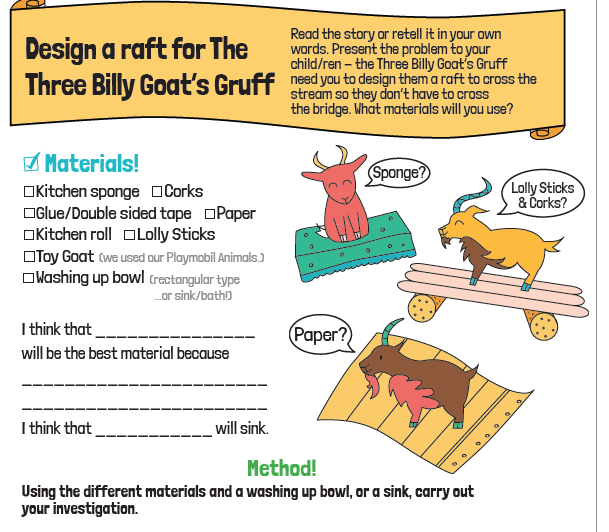
Make a carriage for Cinderella using a balloon car design.
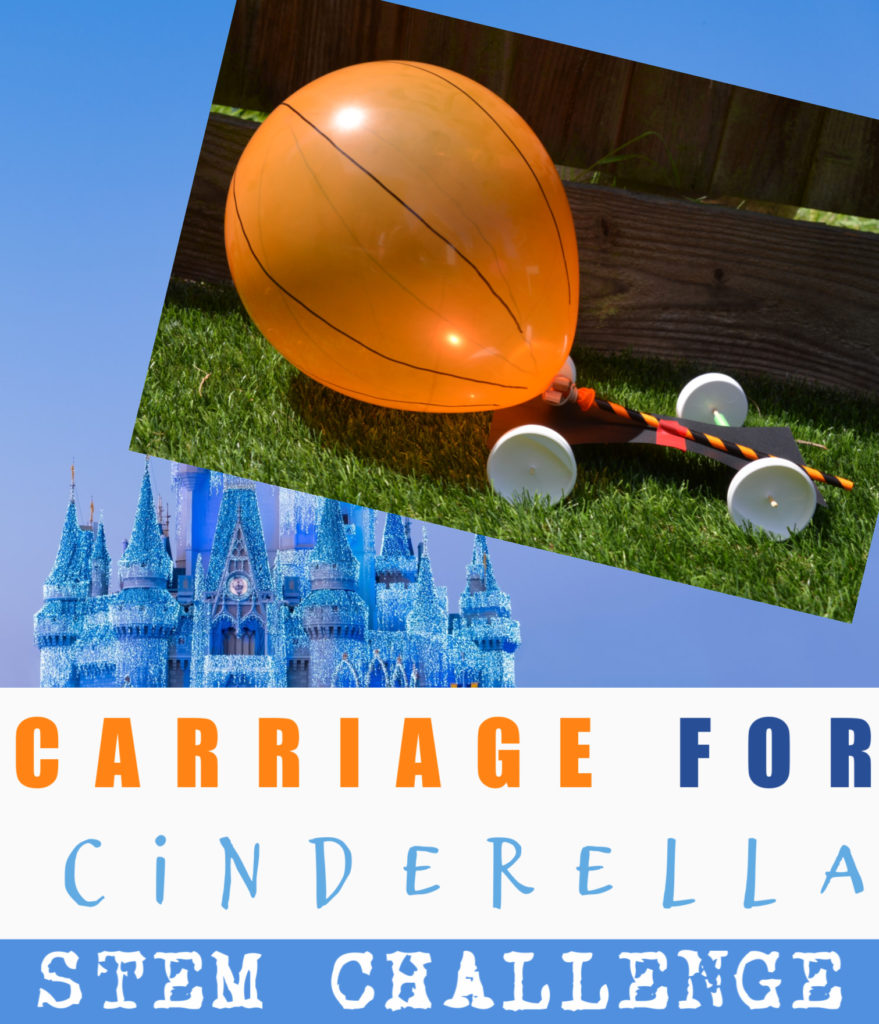
Or how about creating a mattress for the Princess and the Pea?
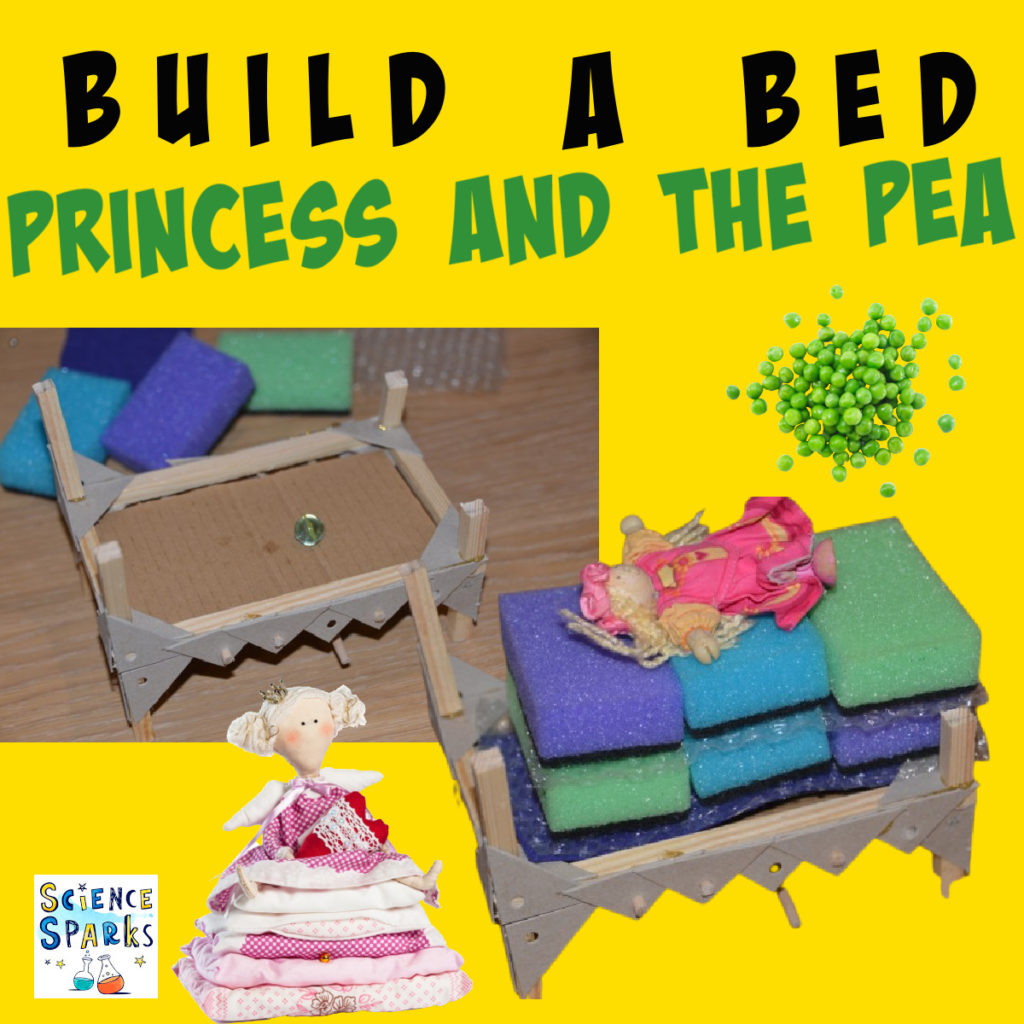
Suitable for Early Learning Goal 16
Exploring and using media and materials
They safely use and explore a variety of materials, tools and techniques, experimenting with colour, design, texture, form and function.
Key Stage 1
Everyday Materials
Uses of Everyday Materials
Working Scientifically
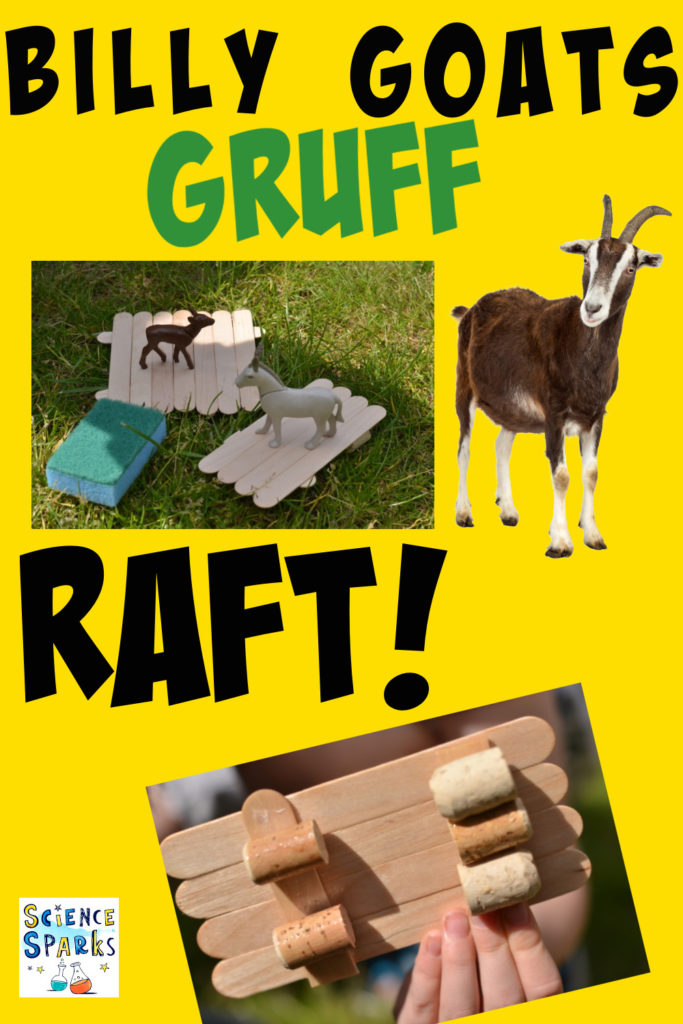
Last Updated on March 1, 2021 by Emma Vanstone




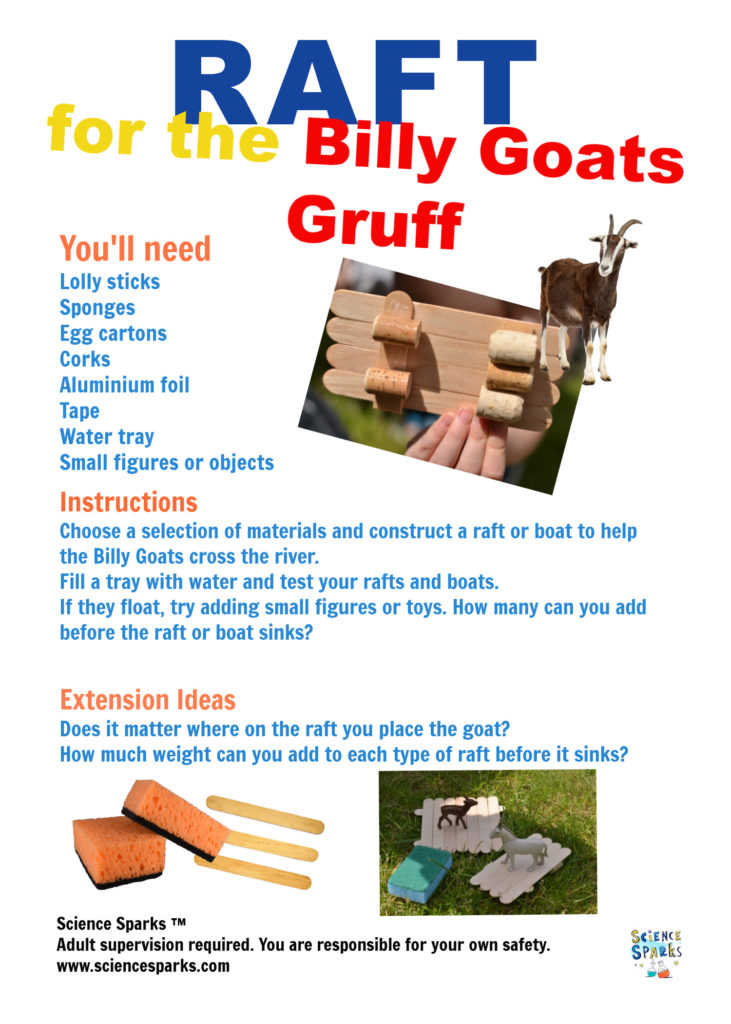
Leave a Reply